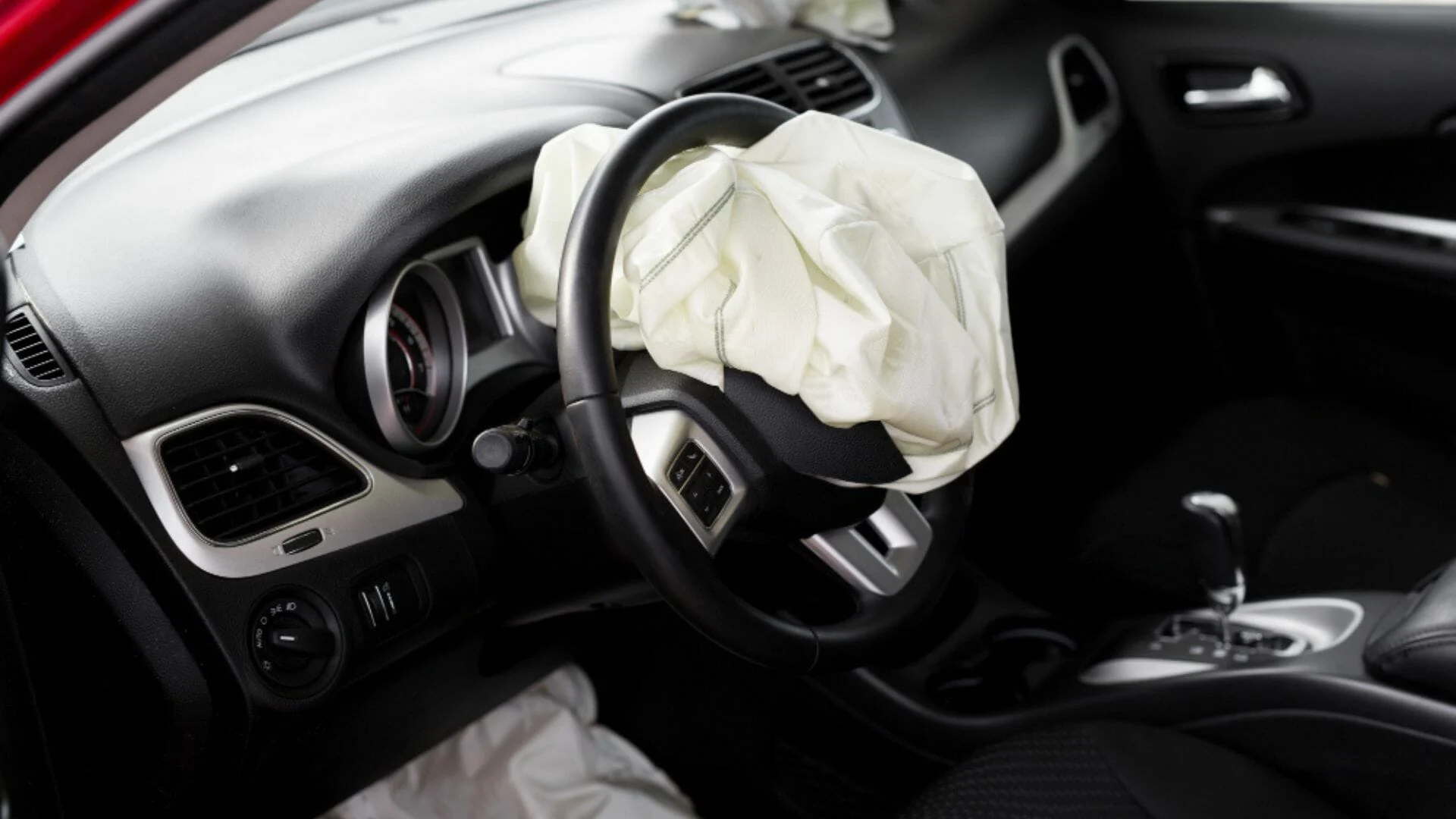Airbag Injuries Explained

Your vehicle is equipped with several mechanisms designed to protect occupants in the event of a crash. One of which is the airbag system, located behind the steering wheel for the driver and behind a panel on the dashboard for the passenger. This system is connected to a crash sensor that triggers an igniter to produce a gas and deploy the airbag in the event of a sufficiently severe crash.
While airbags do save lives in road accidents, they can sometimes cause injuries to the driver and the passengers. With that in mind, this blog will explain the situations when victims are eligible for compensation for airbag injuries. Keep reading below for more information.
Understanding How Airbags Work
As mentioned above, a car’s airbags are typically connected to a crash sensor that is programmed to trigger a set of procedures that deploy them in the event of an accident.
Typically, the crash sensor triggers the gas igniter to inflate and deploy the airbag at speeds equivalent to hitting a solid barrier at 8-14 miles per hour. It’s important to also note the airbag has to deploy at a fraction of a second to save occupants. While it deflates immediately, it also releases various dust and chemicals that can irritate the eye and skin.
When Things Go Wrong
Several issues can arise during this process, leading to injury. To begin with, the airbag may deploy at the wrong time due to a malfunctioning sensor. There are documented cases of airbags deploying in non-crash situations or a fraction of a second too late, causing injury. In other situations, the airbag may only partially deploy or completely fail to deploy.
Additionally, an airbag can cause injury even when everything goes right, especially when the occupants are seated too close at the moment of deployment. It is for these reasons that the National Highway Traffic and Safety Authority (NHTSA) recommends that drivers sit at least ten inches from the steering wheel. Children under the age of 13 are advised to sit in the back seat.
Steps to Take after an Airbag Injury
If you sustain injuries due to malfunctioning airbags, you should file a product liability lawsuit against the responsible party. The defendant, in your case, can either be the vehicle manufacturer, the airbag maker, or any other individual tasked with repairing or maintaining the airbag system in your vehicle.
“It’s important to preserve any evidence that can prove your claim. Keep the airbag and its components including the crash sensor. Also, don’t repair or junk your car until enough evidence has been collected,” says personal injury attorney Robert James.
Filing a Product Liability Lawsuit for Airbag Injuries
You are well within your rights to initiate a product liability when your vehicle’s airbags fail to deploy during a crash, when there is a delay in deployment, or when the airbags are deployed in a non-crash situation. Your case will depend on the nature and extent of your injuries. The more severe your bruises are, the higher your chances of receiving higher compensation.
At the same time, the strength of your case will influence the outcome. That’s why you are advised to work with experienced Georgia product liability attorneys. A qualified lawyer will gather evidence, negotiate with insurance companies, and even represent you in court, should it come to that.
Conclusion
In brief, despite being safety mechanisms, airbags can sometimes cause injury, whether or not there is an issue during deployment. Drivers are advised to sit at least ten inches away from the steering wheel, while children are safer in the back since they are at higher risk for airbag injuries.
That being said, if an airbag fails to deploy, does so too late, or deploys during a non-crash situation, causing injuries, you can file a product liability lawsuit against the responsible party with the assistance of a product liability lawyer.





